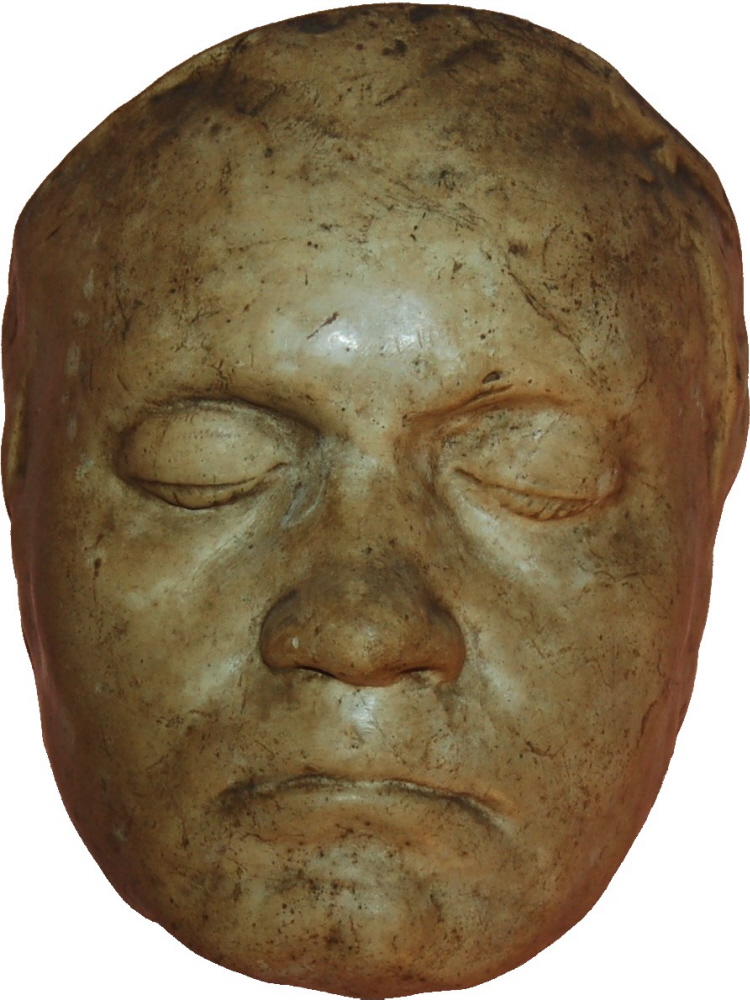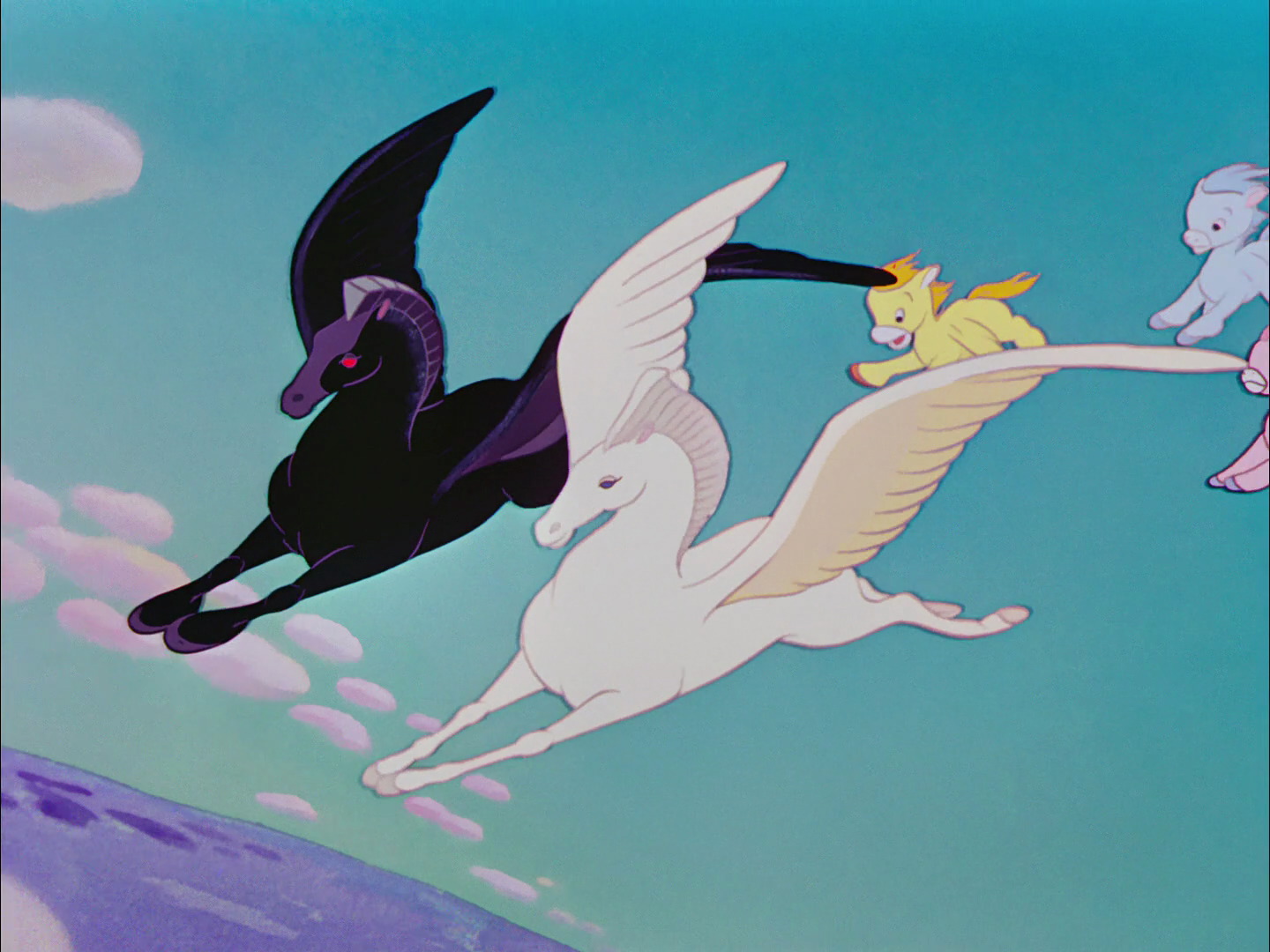

Meanwhile, the musical prodigy attended a Latin grade school named Tirocinium, where a classmate said, "Not a sign was to be discovered of that spark of genius which glowed so brilliantly in him afterwards."īeethoven, who struggled with sums and spelling his entire life, was at best an average student, and some biographers have hypothesized that he may have had mild dyslexia. Billed as a "little son of 6 years," (Mozart's age when he debuted for Empress Maria Theresia) although he was in fact 7, Beethoven played impressively, but his recital received no press whatsoever. Leipzig 1975, p.Hoping that his young son would be recognized as a musical prodigy à la Wolfgang Mozart, Beethoven's father arranged his first public recital for March 26, 1778.


8th Symphony (Beethoven) : Sheet music and audio files in the International Music Score Library Project.Renate Ulm (Ed.): The 9 symphonies of Beethoven.General musical newspaper : March 23, 1814, column 201f.Īs the musicologist Harry Goldschmidt put it, the symphony is "much misunderstood because it is understood too superficially." The Allgemeine Musikische Zeitung wrote about the performance of the symphony, during which the 7th symphony, a trio and " Wellingtons Sieg " were heard: According to a report by Beethoven's student Carl Czerny, Beethoven annoyed his 8th symphony, "because it is much better". At the world premiere, it was not as well received as the 7th Symphony. He evidently meant the length, but not his appreciation. īeethoven himself called it the “Little F major” (with regard to the other F major symphony, the sixth, Pastorale ). The premiere took place on Februin an "academy" organized by Beethoven in the large Redoutensaal in Vienna. The coziness suggested by the tempo “Minuet” in the third movement is exaggerated to the point of irony. Instead, there is an Allegretto scherzando and a Tempo di Menuetto, which are used alternatively as the third movement in the classical symphony.

For this reason, too, the usual slow second movement is missing. An unstable sixth fourth chord, the keynote of which is enormously weakened by instrumentation, opens this movement. the "Allegretto scherzando" playing with the conventions of the time, peculiar musical twists and turns. The 8th symphony is characterized by particular cheerfulness and zest for life. Two flutes, two oboes, two clarinets, two bassoons, two horns, two trumpets, timpani, strings in five voices (first violin, second violin, viola, cello, double bass ) The musicologist Stanley Howell considers the canon itself to be a forgery by Schindler. However, some circumstances (for example that Mälzel's journey did not take place until 1813 and the metronome in its known form was not built until 1815) cast doubt on Schindler's portrayal. Accordingly, the second movement would have arisen from a canon that Beethoven had composed for Mälzel's departure before his upcoming trip to England. during his spa stay in Teplitz - there he wrote his famous, possibly never sent letter to the Immortal Beloved - working on the symphony.īeethoven's secretary and later biographer Anton Felix Schindler claimed in his Beethoven biography from 1860 that the metronome invented by Johann Nepomuk Mälzel was the inspiration for the even beat of the second movement. Beethoven had given up on a piano concerto project that he began immediately after the Seventh Symphony Material from this abandoned piano concerto flowed into the 8th Symphony.īeethoven worked a.


 0 kommentar(er)
0 kommentar(er)
